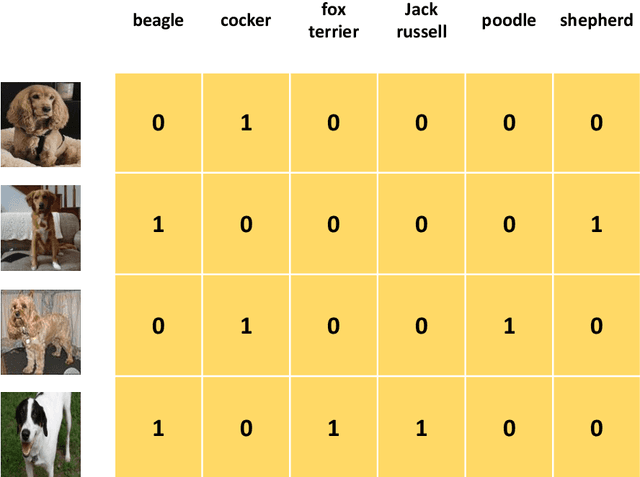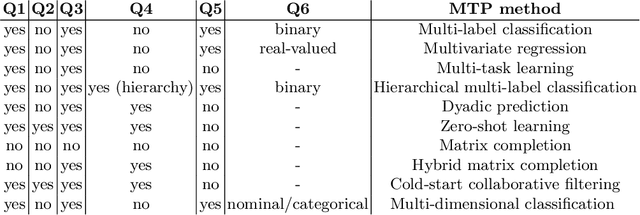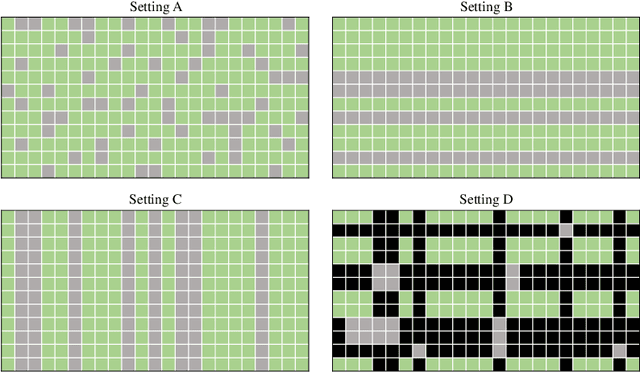Dimitrios Iliadis
Iterative Deepening Hyperband
Feb 06, 2023Abstract:Hyperparameter optimization (HPO) is concerned with the automated search for the most appropriate hyperparameter configuration (HPC) of a parameterized machine learning algorithm. A state-of-the-art HPO method is Hyperband, which, however, has its own parameters that influence its performance. One of these parameters, the maximal budget, is especially problematic: If chosen too small, the budget needs to be increased in hindsight and, as Hyperband is not incremental by design, the entire algorithm must be re-run. This is not only costly but also comes with a loss of valuable knowledge already accumulated. In this paper, we propose incremental variants of Hyperband that eliminate these drawbacks, and show that these variants satisfy theoretical guarantees qualitatively similar to those for the original Hyperband with the "right" budget. Moreover, we demonstrate their practical utility in experiments with benchmark data sets.
Hyperparameter optimization in deep multi-target prediction
Nov 08, 2022



Abstract:As a result of the ever increasing complexity of configuring and fine-tuning machine learning models, the field of automated machine learning (AutoML) has emerged over the past decade. However, software implementations like Auto-WEKA and Auto-sklearn typically focus on classical machine learning (ML) tasks such as classification and regression. Our work can be seen as the first attempt at offering a single AutoML framework for most problem settings that fall under the umbrella of multi-target prediction, which includes popular ML settings such as multi-label classification, multivariate regression, multi-task learning, dyadic prediction, matrix completion, and zero-shot learning. Automated problem selection and model configuration are achieved by extending DeepMTP, a general deep learning framework for MTP problem settings, with popular hyperparameter optimization (HPO) methods. Our extensive benchmarking across different datasets and MTP problem settings identifies cases where specific HPO methods outperform others.
Automated problem setting selection in multi-target prediction with AutoMTP
Apr 19, 2021



Abstract:Algorithm Selection (AS) is concerned with the selection of the best-suited algorithm out of a set of candidates for a given problem. The area of AS has received a lot of attention from machine learning researchers and practitioners, as positive results along this line of research can make expertise in ML more readily accessible to experts in other domains as well as to the general public. Another quickly expanding area is that of Multi-Target Prediction (MTP). The ability to simultaneously predict multiple target variables of diverse types makes MTP of interest for a plethora of applications. MTP embraces several subfields of machine learning, such as multi-label classification, multi-target regression, multi-task learning, dyadic prediction, zero-shot learning, network inference, and matrix completion. This work combines the two above-mentioned areas by proposing AutoMTP, an automated framework that performs algorithm selection for MTP. AutoMTP is realized by adopting a rule-based system for the algorithm selection step and a flexible neural network architecture that can be used for the several subfields of MTP.
 Add to Chrome
Add to Chrome Add to Firefox
Add to Firefox Add to Edge
Add to Edge